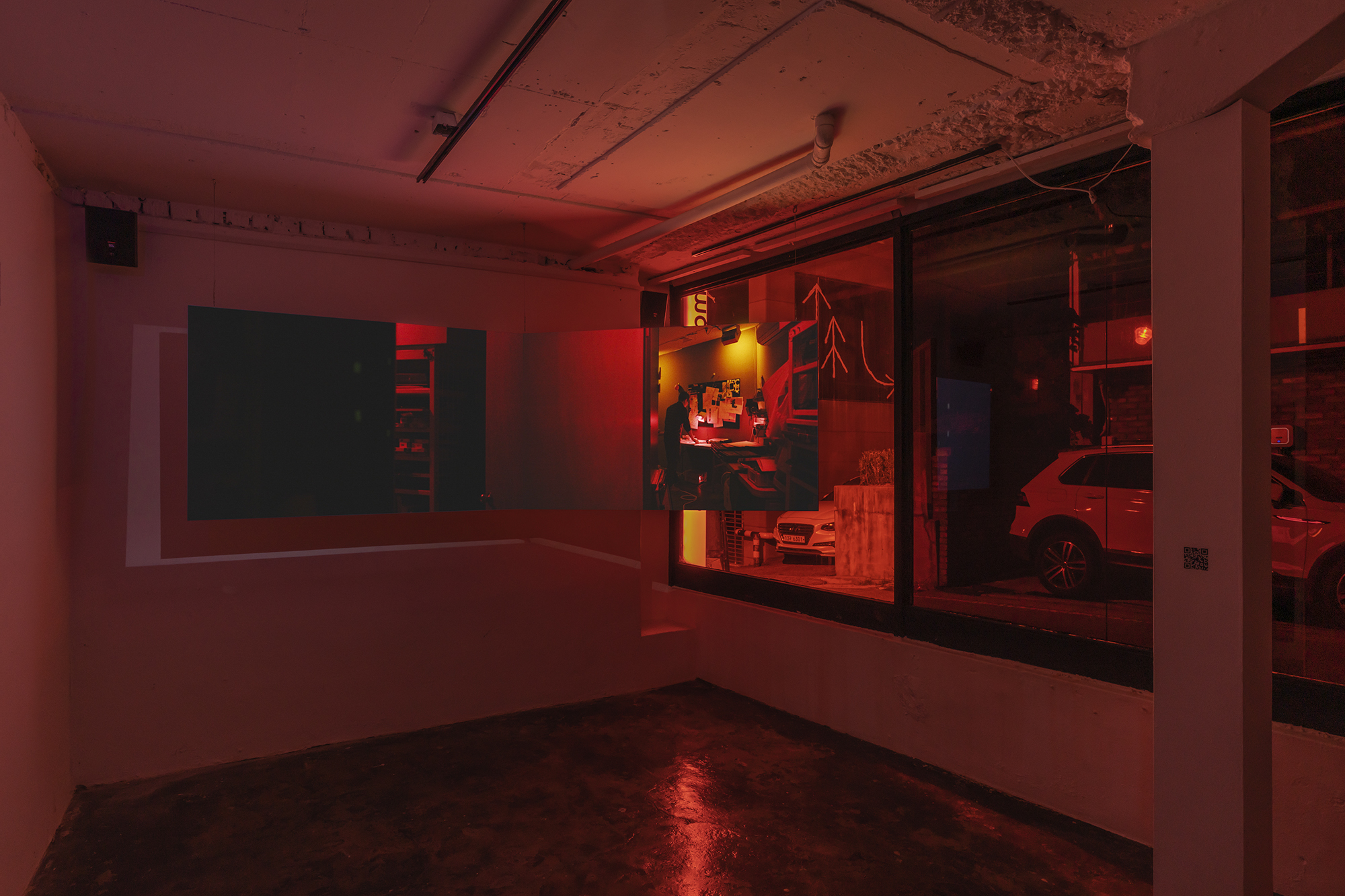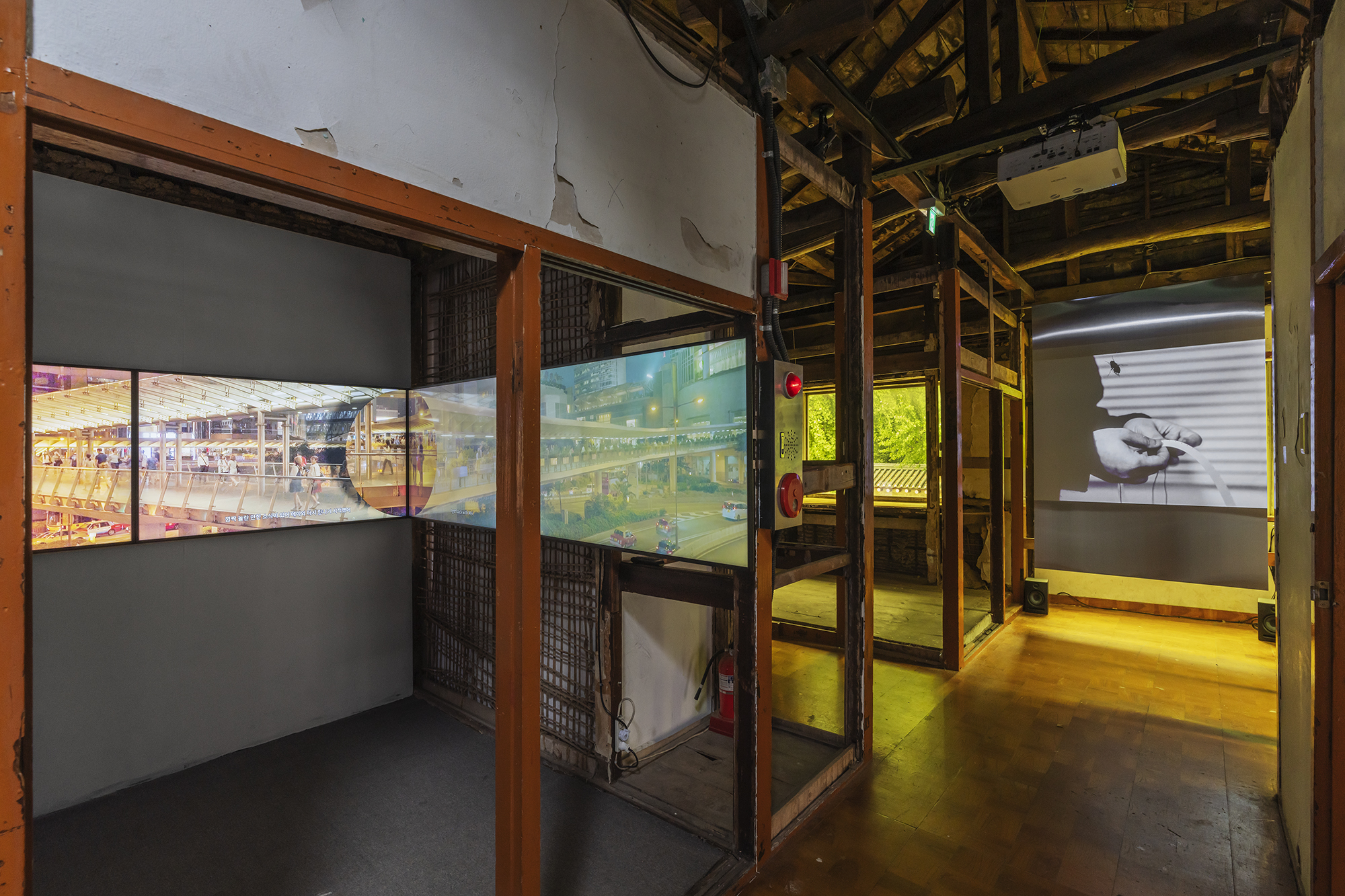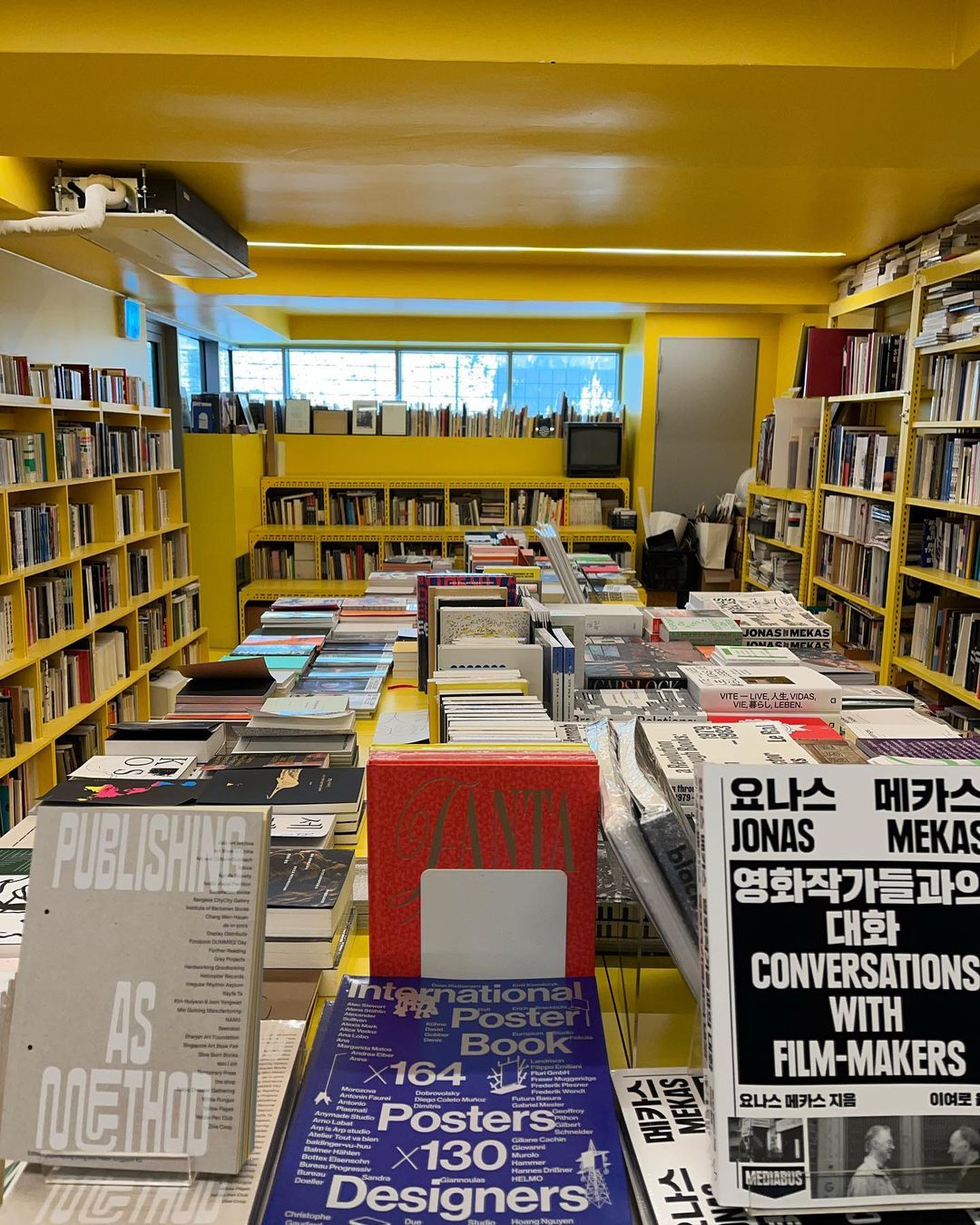Diary
The Radar: Sungah Serena Choo
A guide to Seoul

Sungah Serena Choo. Photo: Jinwoo Park
For the latest installment of The Radar, our regular column of uncommon cultural recommendations from friends and colleagues around the world, curator Sungah Serena Choo shares her guide to Seoul ahead of Frieze Week in the South Korean capital.
Independent spaces
For first-time visitors to Seoul, I recommend hopping through the independent spaces that are transforming the Korean art scene. Of course, Seoul offers major museums and galleries, but exploring independent art spaces and discovering work by emerging artists is the most immediate way to experience the city’s dynamic culture. Over the past decade, Seoul’s art ecosystem has undergone significant change. Even recently, post-pandemic, it has become more flexible; young artists have a greater ability to establish themselves and shape the art scene.
In Seoul, independent art spaces include for-profit and non-profit spaces, as well as project-based and artist-run initiatives. The first generation of independent art spaces focused more on maintaining fixed physical spaces and generating discourse, and now the second and third generations have moved toward more experimental artist-run and curatorial collective spaces.
Amado Art Space is a key independent in the contemporary field. Now in its tenth year of operation, it runs an annual program to support curators and artists. N/A—which is located in the Euljiro area, an industrial neighborhood near central Seoul’s business district—showcases a wide range of contemporary genres, including fashion and photography.

Installation view, “It was the way of walking through narrative,” Frieze Film Seoul 2023, Amado Art Space. Photo: CJY ART STUDIO (CHO Junyong)

Installation view, “It was the way of walking through narrative,” Frieze Film Seoul 2023, BOAN1942 ARTSPACE BOAN 1, Photo: CJY ART STUDIO (CHO Junyong)
Frieze Film
This year, I’m co-curating the Frieze Film program with a friend and colleague, Kim Sung woo, the curator and director of Primary Practice, a new non-profit. Our program will introduce fourteen Korean video artists in four iconic independent spaces. Our title, “It was the way of walking through narrative,” describes film narratives that exist beneath the surface of everyday life, often in imaginary or alternate realities. We’re using video as a way to traverse time and space, presenting fragmented narratives and inviting the audience to discover the sensorial aspects of each work. The program is on view through September 9 at the non-profit venues BOAN 1942 ARTSPACE BOAN 1, Insa Art Space, Amado Art Space and MOTHER Offline.
The Book Society
This cozy basement-level bookstore is one of the only shops in the city stocked with a wide selection of art books. Critical essays and catalogues, artists’ books, cultural magazines and other publications from around the world can all be found here. It’s a real refuge for creative people. The store shares a complex with the notable graphic designers Sulki & Min and Workroom Press.

The Book Society is a bookshop and project space. Photo: The Book Society

A light and refreshing Shiso Gimlet from Swallow
Jaha Son Mandu
I’ve been visiting this dumpling soup restaurant since I was a child. It’s located in the historic, pleasant old neighborhood of Buam-dong, not far from the Blue House, the former presidential residence. I highly recommend the dumpling soup seasoned with Josun soy sauce. The dumpling dough is wonderful, made from local flour. The owner, Park Hye-Kyung, uses traditional cooking methods learned from her mother and grandmother.
Swallow
Tiny but inviting, Swallow is a whiskey bar near the Leeum Museum of Art that serves great single malts. This is where I like to bring artists and curators to grab a drink at the end of the day. Bar-hopping, from rustic places to high-end whiskey establishments, has been thriving with Seoul’s younger generations over the last few years.
–
Sungah Serena Choo is a curator based in Seoul. She is curator of contemporary art at Leeum Museum of Art and is co-curating the film program at this year’s Frieze Seoul. For more than seven years, Choo has worked as an independent curator in the non-profit sector. She was previously a curator at Seoul Museum of Art (SeMA).
Hauser & Wirth will presenting works at Frieze Seoul, Stand A19, from 6 – 9 September 2023.
